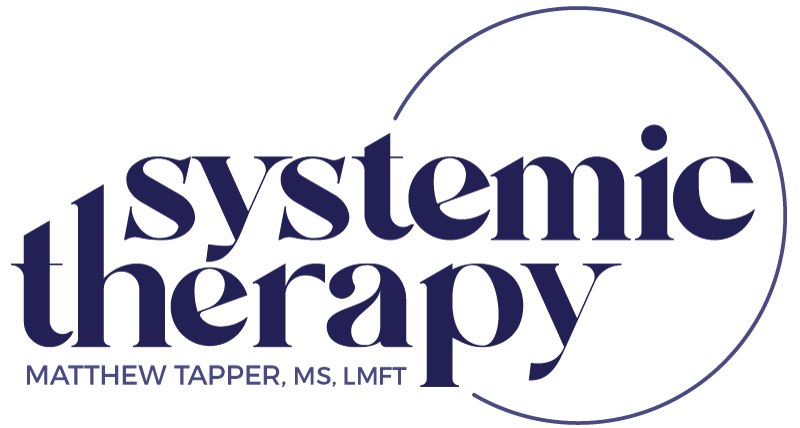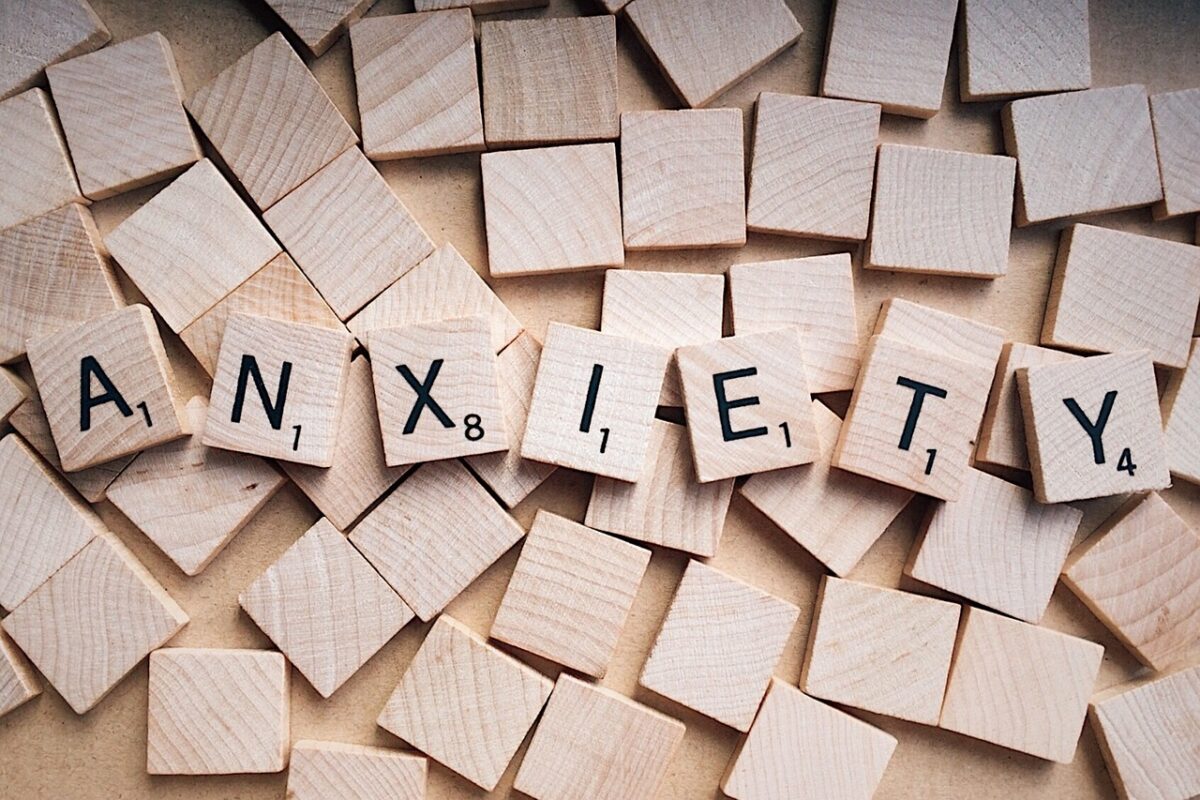This post is about my professional yet systemic bias regarding anxiety. As always, I’ll take the humble approach and say that I can be wrong. However, I have found that not only do these concepts make more sense for clients, but it’s also what has been the most helpful for them.
Anxiety is a prevalent and often used word used to describe our experience in the world today. Of course, I’m referring to an ongoing and recurring (or chronic) form of anxiety. I say this because in my opinion, anxiety isn’t meant to harm us, but it absolutely feels awful when we feel it too often or ceaselessly (Robinson et al., 2019). Chronic anxiety can be an intense and often debilitating feeling (often in our stomach or around our chest) that, from what I can tell, forces us to live in a box designed to avoid that feeling. Yet, my professional bias is that you don’t have to suffer with chronic anxiety, because from a systemic lens, all problems (including chronic anxiety) are maintained in a homeostasis (Keeney, 1983). This foundational belief allows me to examine the process in which it is maintained via experiences and patterns of interaction.
When applying a systemic lens to someone’s experience of anxiety, I find that individuals have been trapped in a double bind (lose/lose) in which there are intense feelings associated with a subjective experience that feels incredibly dangerous (Robinson et al., 2019). To better understand this concept, it’s important to note how the brain responds to subjective experiences of emotional rejection by triggering our fight or flight response from the amygdala (Johnson, 2008). To clarify using metaphor, it would be like sitting on a branch midway up a tree looking down onto hungry prowling wolves waiting underneath. As you attempt to scramble higher up the tree, you then hear an emphatic crack from above, and now you see that your tree has been struck by lightning and set ablaze above you. The experience was already anxious, (as there’s not much hope of survival in a tree anyway) but now imminent danger literally surrounds you and you’ve entered a terrible lose/lose situation. This means that any solution to avoid the wolves below would force you into fire. Meanwhile, any solution to avoid the fire (and the slowly consuming tree) would feed you to the wolves. As you’re stuck in this life-threatening bind on both sides, the experience is a cycle of anxiety. Though feeling forced to deal with either of these paths would no doubt flood you with adrenaline and cortisol (Robinson et al., 2019), in this scenario your brain is attempting to give you that extra umph you’d need to have any chance of surviving the wolves, then that very solution elicits danger and another triggering response to then avoid the fire. That solution leads us straight back to the first. A rudimentary but real life example of anxiety could one of spotlight, a bind that says “I have to interact with others” and “I will be judged”.
In my humble therapeutic experience, if either problem were non-existent, the cycle of anxiety would break and allow for some measure of alleviation. This means that our initial anxious response to one problem or other would work as intended and not lead us to the other perceived problem. In my experience, chronic anxiety does not occur without two subjectively life threatening or life altering problems. One in which your solution to solve the first leads to the second, and your solution to the second leads you back to the first. Then as we continue to experience a cycle of anxiety, we can sometimes employ an adaptive response of being anxious about being anxious because we’re complicated enough to have experiences of experiences (Keeney, 1983).
Understand that repeating cyclical themes of subjective harm over time can reinforce certain experiences to be triggered by the amygdala for some, while not having the same response for others (Johnson, 2008; Robinson et al., 2019). Intense harmful experiences then demand intense solutions of avoiding or fighting as we’re just trying to navigate life safely according to our own experience. Then, because none of us know how to not feel what we feel, our rigid solutions to oppose the feeling of anxiety is likely to force many of our cherished relationships into the same box we live in, bringing about all new relational problems that reinforce our existing ones (Johnson, 2008; Keeney, 1983).
If any of this sounds familiar, let me remind everyone once again that I can be wrong. However, there is good news in all of this. Through a systemic lens I’ve not only found success in illustrating the subjective bind to a client’s anxiety, but I’ve also had success in facilitating genuine change in relation to alleviating it.
To end, if your anxiety is maintained by a perception that who you are is not who you should be, then I’d like you to note how you are no longer feel anxious while you’re sitting in a space with someone else who allows you the freedom to just be you with them. Know that there’s wisdom in those spaces, or little nuggets of truth to better understand the maintenance (homeostasis) of your anxiety. Understand that even chronic anxiety is relationally maintained, meaning that many contexts contribute to the ongoing maintenance of your experience and truly you are not broken, but only working as intended according to you (and your brain’s) lived experience (Keeney, 1983). This might not be a popular concept, but understand that systemic thinking is an entirely different yet empirically supported branch of mental health. As always, I can be wrong, but I do like it when things make sense, and my experience with every client so far is that they do. I believe there’s hope for your experience of anxiety and I would love to share it with you.
References
Johnson, S. (2008). Hold Me Tight : Seven conversations for a lifetime of love (Vol. 1st ed) [Book]. Little, Brown and Company. https://search.ebscohost.com/login.aspx?direct=true&db=edsebk&AN=762833&authtype=sso&custid=s1229530&site=eds-live&scope=site&custid=s1229530
Keeney, B. P. (1983). Aesthetics of Change. http://proxy1.ncu.edu/login?url=https://search.ebscohost.com/login.aspx?direct=true&db=edsbvb&AN=edsbvb.BV005310162&site=eds-live
Robinson, O. J., Pike, A. C., Cornwell, B., & Grillon, C. (2019). The translational neural circuitry of anxiety. Journal of Neurology, Neurosurgery & Psychiatry, 90(12), 1353-1360. https://search.ebscohost.com/login.aspx?direct=true&AuthType=sso&db=psyh&AN=2020-20201-004&site=eds-live&scope=site&custid=natunivo.robinson@ucl.ac.uk

